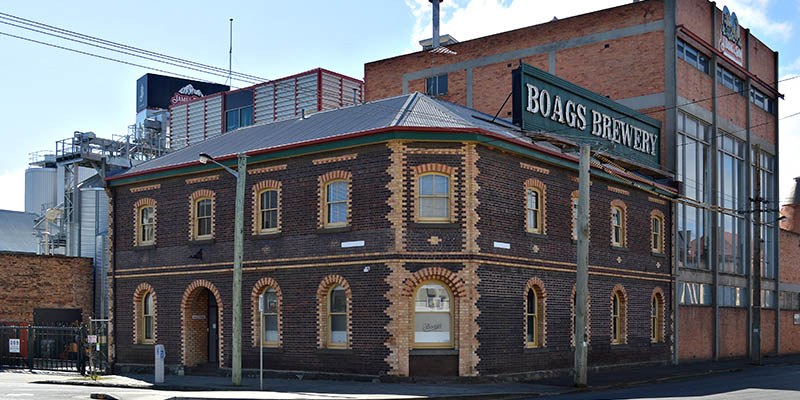J Boag and Son Brewery

39 William St Ln, Launceston TAS 7250, Australia +61 3 6332 6300 Website 9:30am – 5pm Launceston Campervan Hire
crossedroedeer (contributor)
J Boag and Son has been brewing on the banks of the Esk River since 1881. Since then, the technology and equipment has changed – gleaming stainless steel dominates now – but the pride and craftsmanship has remained the same as it was 100 years ago.
During a tour of this independent brewery you will see all the processes that produce the amber liquid and have the opportunity to taste the beers that constantly win gold at the Australian International Beer Awards & you can have a Free taste at the end of the tour.
Tours of one and a half hours duration are conducted at 9.00am 11.00am 2.00pm Monday to Thursday and 9.00am and 11.00am Friday. Adults $16, Concession & Children $12. Bookings are essential. The maximum number of people on the tour is 14. Due to steep stairs the tour is not recommended for people with walking aids. Fully enclosed footwear must be worn on the tour. Children under 10 years of age are not permitted on the tour.
pocketsprint (contributor)
For anyone who likes a beer or maybe just interested in seeing the whole process of how beer is made..this is an interesting tour that takes in all facets of the beers production and developement of the Boags brands over the last century..Located in the renovated and restored “Tamar Hotel”..of course at the end of the tour one can sample the many types of beers that are made here..There is also a small shop that sells mechandise..ie: beer mugs etc..and a small museum with brewery memorabilia..of course the best is the beer…
The tour only takes small groups so make sure that you book a tour..
I booked at the tourist information Centre in the centre of town..

 English
English
